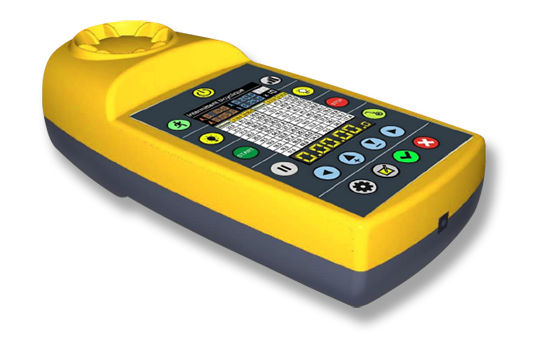Like any sport (individual or team), football requires good physical preparation in order to perform as well as possible. Proper preparation reduces the risk of injury and increases the performance of each of your athletes. However, this sport has some very specific characteristics. This work must be done during the summer period (July and August) but also throughout the season.
In order to avoid injuries, physical preparation must be planned and monitored longitudinally. In addition, it must be specific to each position. In order to individualize the sessions as much as possible or to organize them by level group, it is imperative to enter the player’s world map by having him take tests (VMAc and VMAi, speed, flexibility, isokinetic, mental…). Some of them can be achieved through the Sportbeeper.
1.Characteristics of football
In a football match, players cover an impressive distance, with variations in speed and intensity throughout the game. On average, a player can run 9 to 11 kilometres during a match, which depends in part on the team’s style of play and the player’s position on the field.
Apart from the total distance travelled, footballers reach different speeds during a match. Here are some interesting statistics:
- Average speed: On average, a football player travels about 115 meters per minute. This includes a combination of sprinting, fast running, slow running, and walking.
- Acceleration and deceleration: During a match, players perform a considerable number of accelerations and decelerations. Typically, this varies between 160 and 190 accelerations and decelerations during a game. These quick changes in speed are necessary to react to the opponent’s movements, to recover the ball or to get back on the field.
- Sprints: Sprints are a crucial part of the game, and a player can perform an average of 10 to 30 sprints during a match. The average distance of a sprint is about 15 meters. These sprints can be decisive moments to create scoring chances or to regain possession of the ball.
- These statistics highlight the dynamic and demanding nature of football in terms of fitness. Players must be able to maintain a steady pace throughout the game, with periods of intense activity interspersed with moments of relative recovery. Adequate physical preparation, including specific training to improve endurance, speed, agility and strength, is therefore essential to enable players to perform at their best better level on the field.
2.The different areas of work to be improved for a footballer :
-
Endurance
As in most sports, it is essential to establish the aerobic bases. These will allow our athletes to digest the charge of the summer preparation but also that during the season. To do this, it is advisable to do sessions that require the aerobic system (at different intensities). These sessions should also last over time (jogging, fartlek, split, intermittent, etc.).
-
The speed
As previously mentioned, a footballer performs a considerable number of sprints (specific to each position, trajectory, distance, repetitions/min…). In order to be as efficient as possible and thus gain an advantage over one’s opponents, speed work must then be put in place during the week. This work needs to resemble as much as possible match situations with distances equivalent to the sprints performed but also taking into account the different reaction signals (visual, kinaesthetic…). It is important to adapt the distances to the position because in some systems, such as the 3-5-2, the flankers (piston) make a greater number of sprints but also over a greater distance.
-
Muscular strengthening
A good muscle strengthening work will allow a better transmission of the force whether it is the upper or the lower body. This work will help you to improve the athletic performance of your players (explosiveness, winning duels, speed…) but also to avoid injuries. A balanced upper and lower body athlete will greatly reduce the risk of injury.



